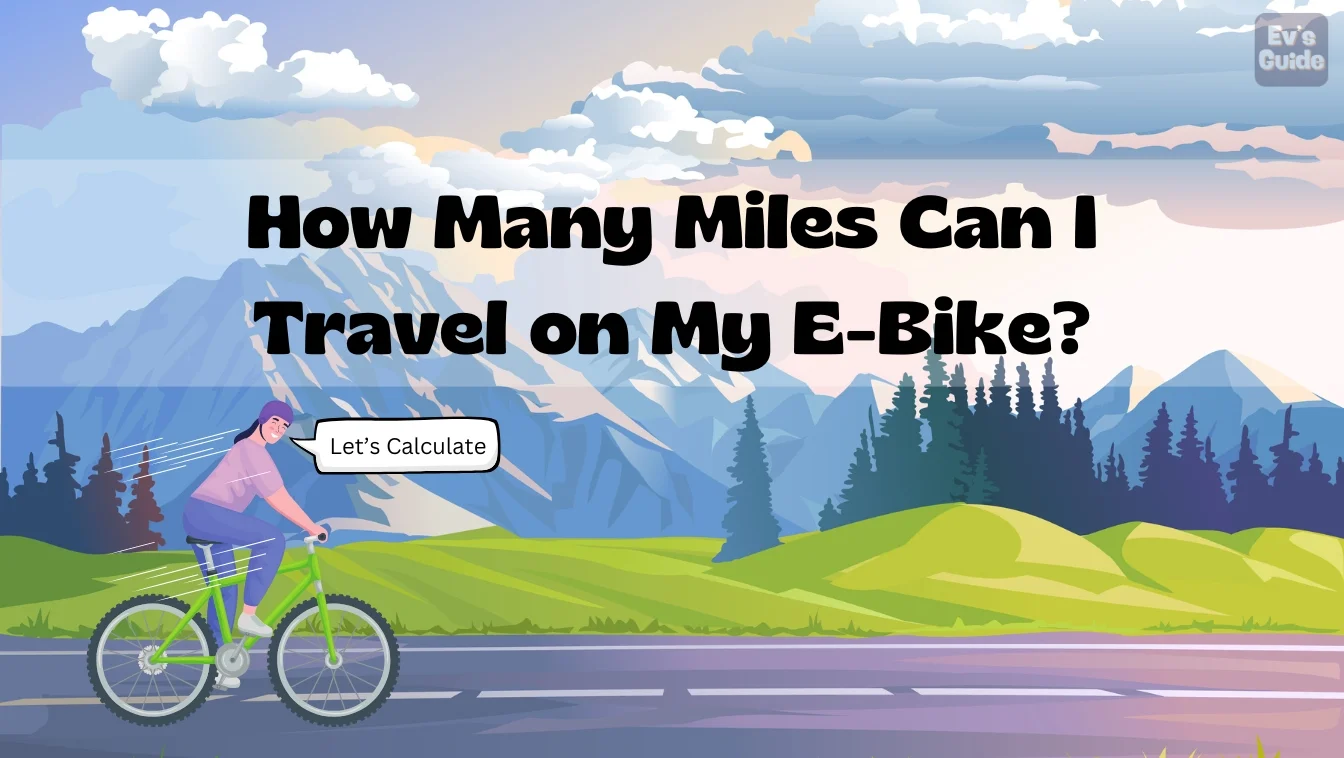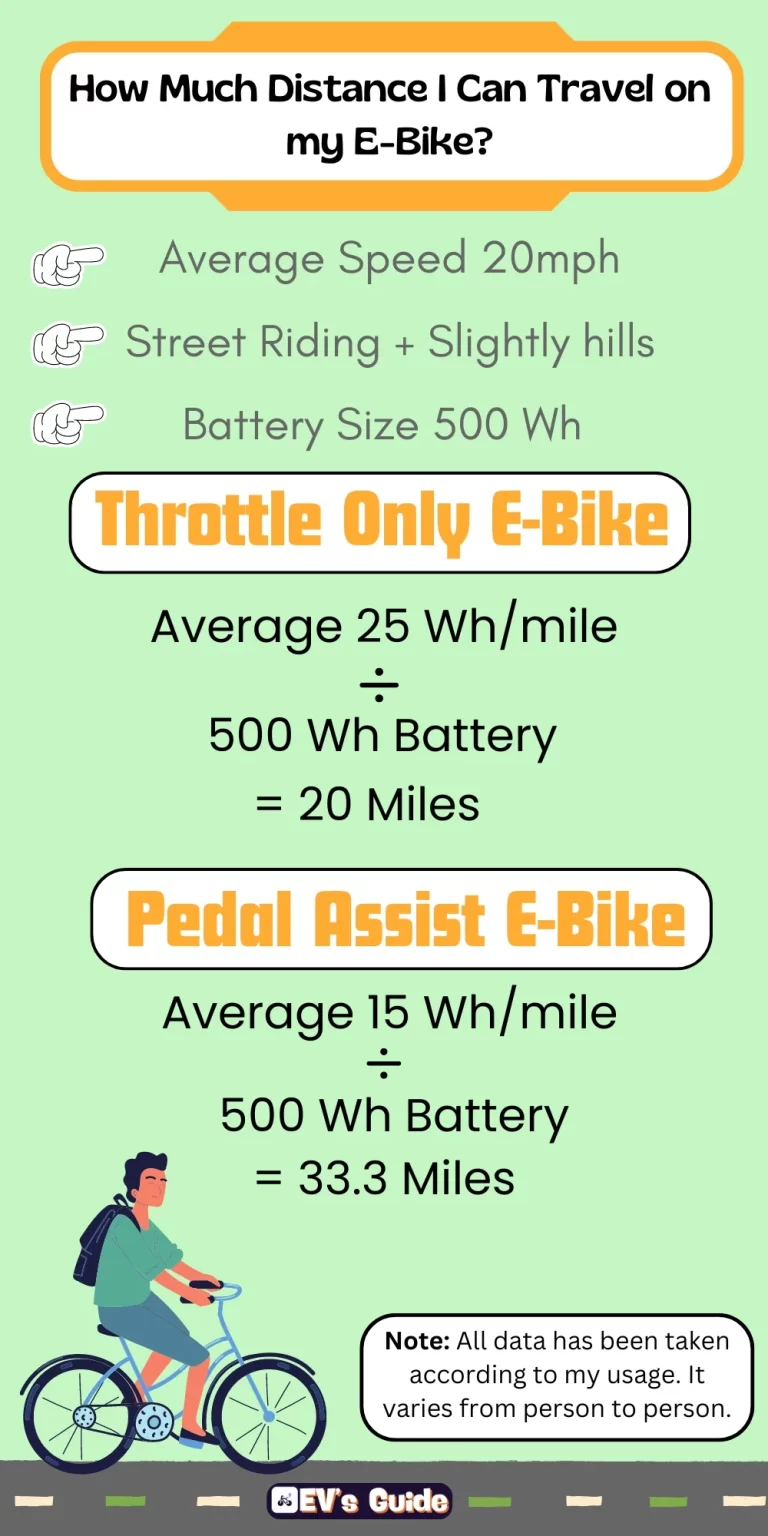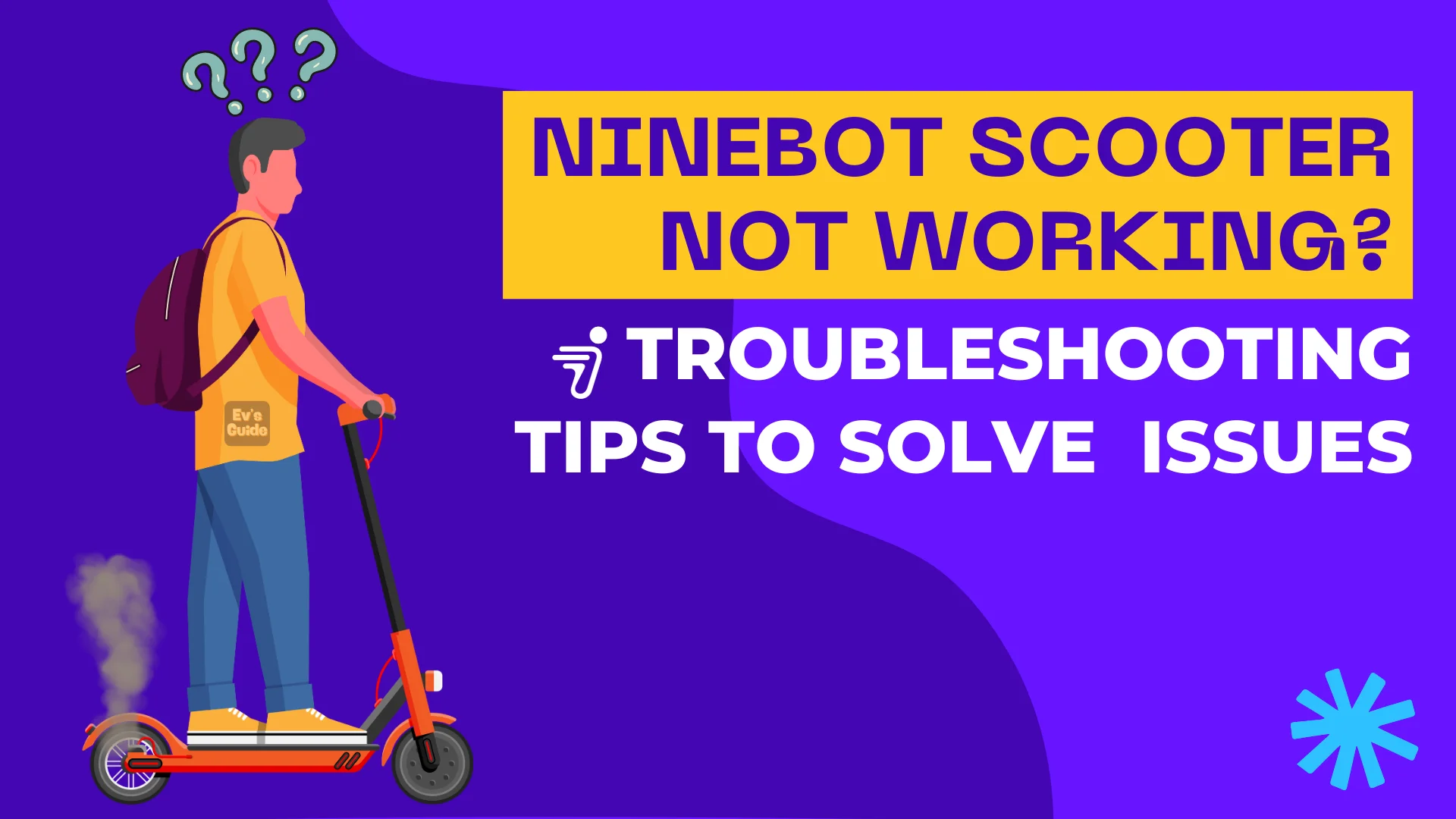E-Bike Range Calculator: How Far You Can Go on a single Charge?

The most curious question for every first-time buyer before buying an e-bike is “How many miles can it go?” and it’s the same question I asked the salesman when I was buying my first e-bike. Surprisingly he couldn’t answer it properly but my excitement level was so high I left that question in mind and went straight up to the billing counter. And yes, I bought my first e-bike successfully!

My first EBike – KBO Tornado
Note: If a company is claiming 70+ miles generally it runs near about 40 miles (hidden T&Cs).
eBike Range Calculator
Try out 👇 Ebike Travel Time Calculator
Try out 👉 Ebike Travel Time Calculator
Why Our Range Calculator is Best?
Because I have created this calculator in such a way you don’t need to put much technical information, the result you will get is more accurate than any other electric bike range calculator.
I researched, tested 3-4 ebikes, took reviews from riders, and then made the formula using javascript. I’m so glad that I ended up making this amazing calculator, try and let me know in the comment section.
Of course, mine will also not be accurate but it will be a slightly more realistic figure. You can Consider ±5 miles.
Story Behind This Calculator
Now whoever meets me while I go on my bike, everybody has this question about how far it goes on the throttle, some ask on PAS and I always scratch my head and say it does pretty well 
One day I realised if I have to go a long way for any purpose 
So, I thought to resolve this problem for everyone and it gave me an idea to make a calculator that can calculate the range.
I started researching, got some help from industry expert and collected some approximate data that helped me to create a formula for the eBike range calculator.
How the Range of an E-Bike Determine?
Let’s Calculate:
But before calculating let me aware you guys that the range of an e-bike depends on various factors like:
1. Weight – If you weigh more then it’s obvious the motor is gonna use more energy.
2. Terrain – On a flat terrain the weight of the rider is only going to slightly decrease the range. If you’re in a really hilly area though heavier riders are going to use disproportionality more energy because claiming hills with a heavier load just takes a lot more power.
3. Type of bike you’re riding – When you ride an e-bike using a throttle then it is understandable your bike is totally dependent on the battery and it will consume more energy as compared to pedal assist because you use PAS Level + pedal to move the cycle forward. Thus it consumes way less battery than throttle.
4. Number of stops/starts – It is also a factor and many people do not consider this. Whenever you start the bike it will take more power initially to move the bike and when you stop the bike at the traffic light it is still consuming battery. Even more braking causes battery loss if your e-bike doesn’t have regenerative braking.
5. Tyre type – If you have got fat tire bike or something that is super heavy again motor is gonna consume more energy.
6. Motor voltage and watt output – A high-voltage motor consumes more energy, reducing the range as it delivers high power. So, range also depends on the battery size plus motor voltage.
What's the Formula Used in Calculator?
Let’s suppose,
You have an e-bike that has a 52V/19.2Ah battery pack and you want to know your battery pack size in Wh unit but don’t know how to calculate.
To convert into Wh (in case it is not mentioned on the specs sheet of the e-bike).
Wh (watt-hours) = V (volts) x Ah (Amp-hours)
Wh = 52V x 19.2Ah
Wh = 998.4
Now, we will use a simple formula to extract how many miles you can travel on your e-bike and how many Wh battery you will need.
To calculate you need some numbers like battery pack size in Wh unit, average Wh/mile & average speed.
How Many Miles You Can Travel on Your E-Bike with an Existing Battery Pack?
The average Wh/mile differs from person to person and their usage. Look, I weigh 65 kilos and I ride on streets plus a little bit on hills so, my average Wh/mile is 25. My average consumption of battery has gone to 5 wh/mile with pedal assist level 1.
If you weigh 50 kilos and ride an e-bike on plain terrain then you can probably get an average consumption of battery per mile of 20Wh/mile on the throttle and 10Wh/mile on the pedal assist.
Average Wh/mile ÷ Wh Battery = Miles
Using Throttle-Only E-Bike
The average Wh/mile = 25
25Wh/Mile ÷ 500Wh = 20 Miles
20 miles can be travelled using a throttle-only e-bike with a 500Wh battery pack.
Pedal Assist E-Bike
The average Wh/mile = 15
15Wh/Mile ÷ 500Wh = 33.3 Miles
33 miles can be travelled on a pedal-assist e-bike with PAS level 3 with a 500Wh battery pack.
How Much Battery Would be Enough to Commute Specific Miles?
(Home-to-office, Office-to-home. No charging in between)
This formula is more helpful to know how much battery would be required to travel a specific distance in daily life or for your converted e-bike, it will save you money.
Average Wh/mile x Miles = Wh
Throttle E-Bike
The average Wh/mile = 25
25Wh/Mile x 20 = 500Wh
Pedal Assist E-Bike
The average Wh/mile = 15
15Wh/Mile x 20 = 300Wh

My Final Words
Before I end this article I would like to mention a few things that you should know by doing this equation. Let’s suppose you get a 500Wh battery from that formula then it suggested that you should go with 600Wh or more because you never gonna think man I wish I had a less battery and I could have saved my money there.
So, if you can, always go for a little bit more battery whether you’re building your own or buying a pre-built e-bike because you not gonna know how far you’re going to ride. Especially when you realise riding an e-bike is fun 😁.
If you have reached here, I think you have found this article helpful. If anything wrong you find in this blog post, please drop it below and I will surely fix it.
Thanks for reading it till here!







